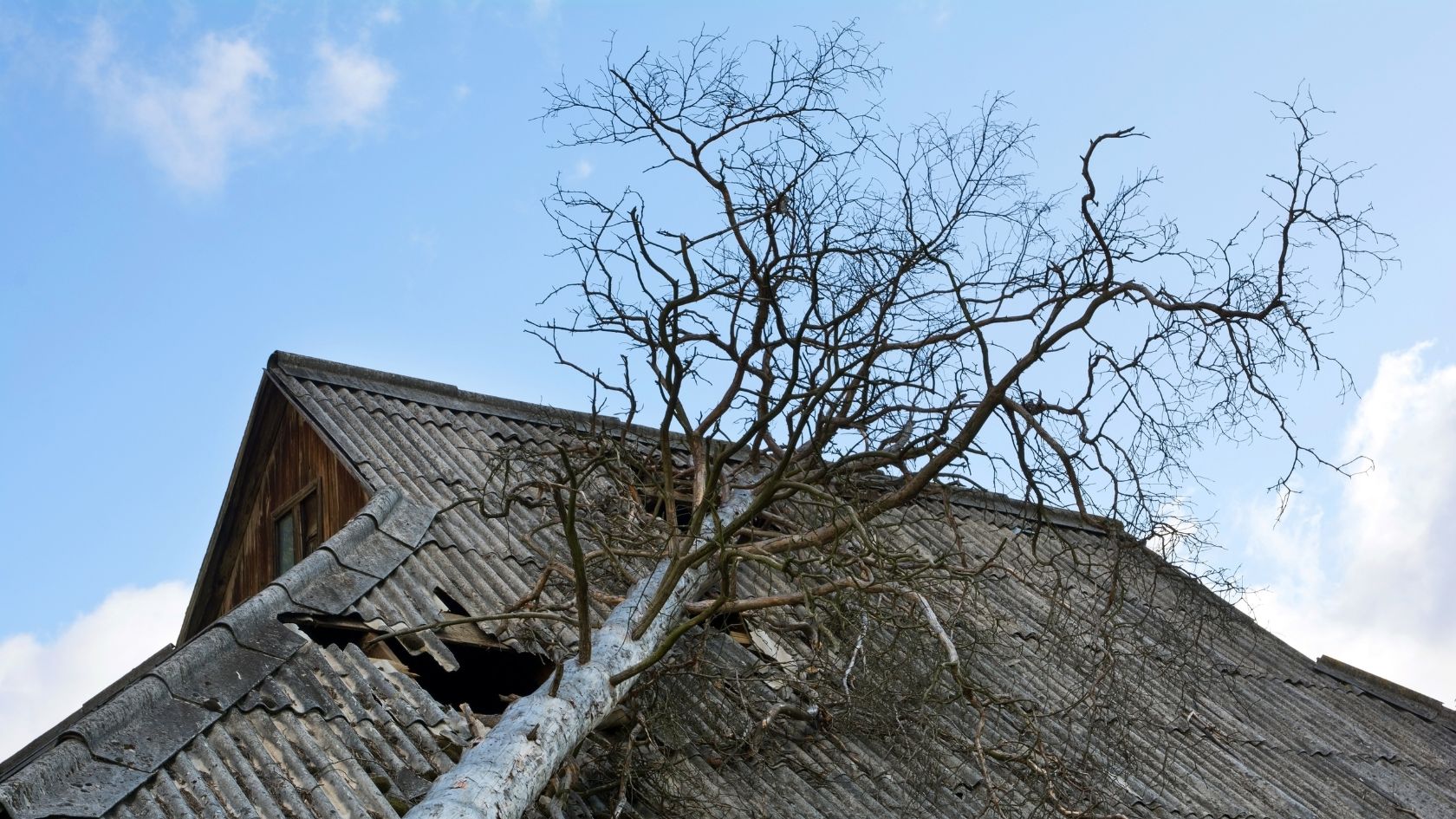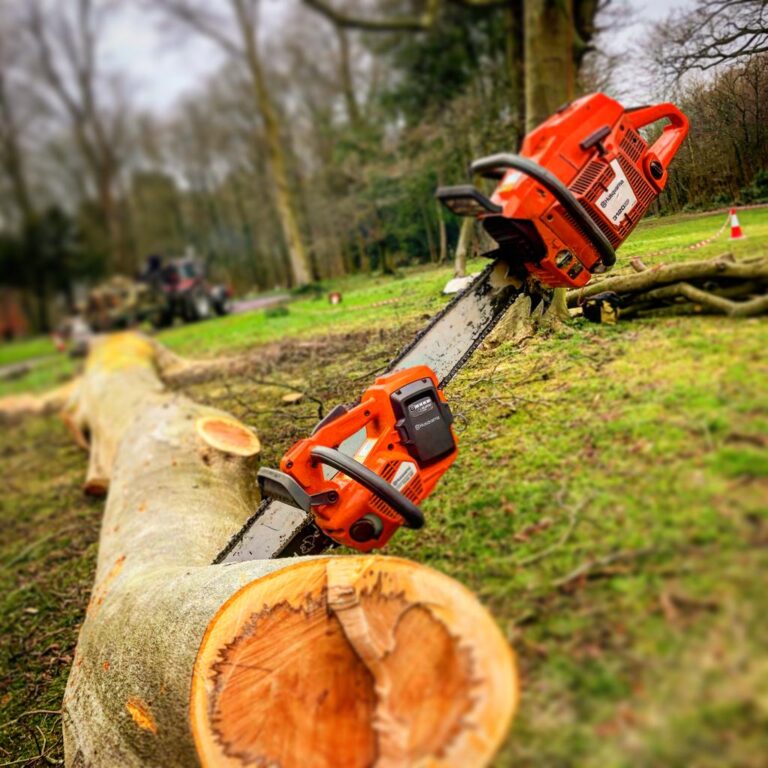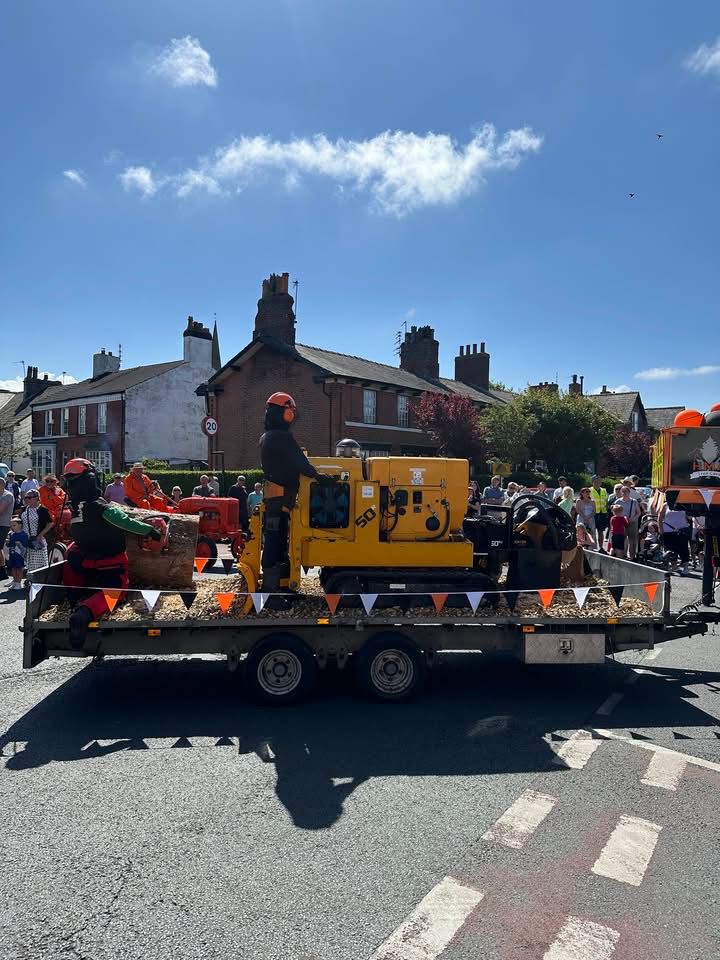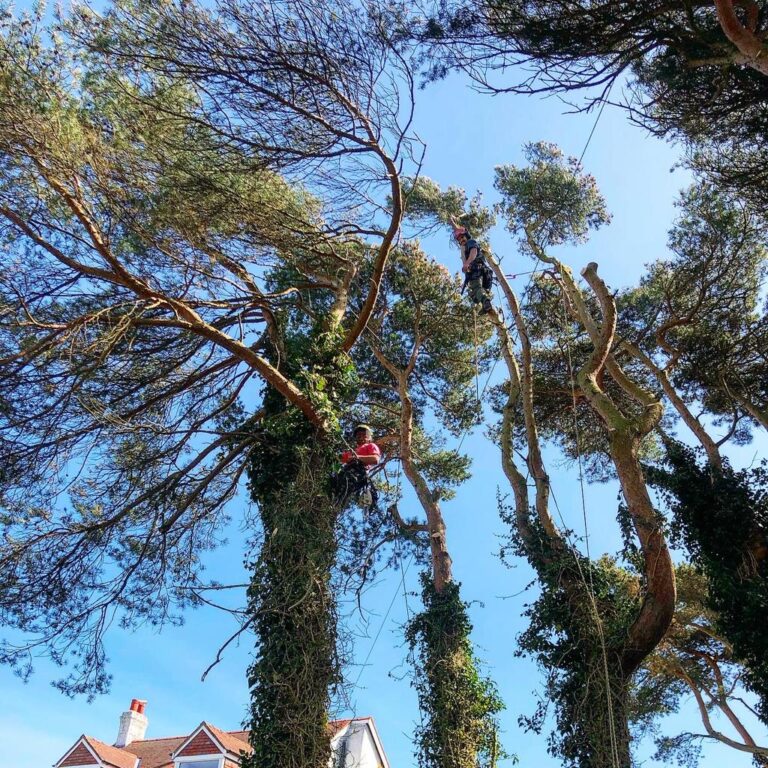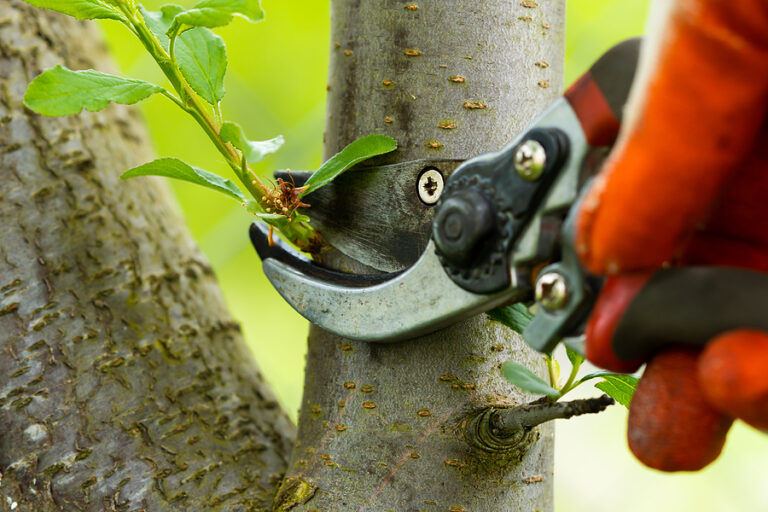What can I do about tree roots damaging my property
Tree roots damaging property can be a significant concern for homeowners, as they may cause issues like cracked driveways, lifting sidewalks, damaged foundations, or interference with plumbing systems. Addressing this problem effectively requires understanding the nature of the issue, assessing the risks, and implementing practical solutions that preserve both your property and the health of the tree. Ignoring root damage can lead to costly repairs, while overzealous actions might harm or kill the tree, potentially violating local tree protection ordinances.
The first step in managing tree root damage is identifying the source of the problem. Determine which tree is responsible for the encroaching roots, as different species have varying root growth patterns. For instance, fast-growing trees like silver maples, willows, and poplars often have aggressive root systems that spread widely in search of water and nutrients. Once identified, assess the extent of the damage. Common signs include cracks in paved surfaces, uneven ground, or recurring plumbing blockages caused by roots invading underground pipes. A professional arborist or landscape expert can evaluate the situation and recommend appropriate interventions.
One of the most effective ways to address root damage is through root pruning, which involves cutting and removing the offending roots. However, this solution must be approached with caution, as severing roots can destabilize the tree, make it more vulnerable to pests and diseases, or even lead to its death. Root pruning should only be performed by a certified arborist who can assess which roots can be safely removed without compromising the tree’s stability or health. It’s also essential to check local regulations, as some municipalities require permits for root pruning or impose restrictions on damaging the root systems of protected trees.
Another option is creating a root barrier to prevent further encroachment. Root barriers are physical or chemical barriers installed between the tree and your property to redirect roots away from vulnerable areas. Physical barriers, often made of plastic or metal, are installed underground and provide a long-term solution by guiding roots downward or away from foundations, sidewalks, or pipes. Chemical barriers, which involve applying root-inhibiting substances, can also be effective but may need to be reapplied periodically.
If the damage is extensive and the tree poses a continuous threat to your property, removal of the tree may be the last resort. Tree removal should only be considered after exploring all other options, as it has significant ecological and aesthetic implications. Consult an tree surgeon and check with local authorities to ensure compliance with any tree protection ordinances before proceeding.
In addition to addressing existing root damage, preventive measures can help avoid future issues. When planting new trees, choose species with less invasive root systems and plant them at a safe distance from structures. Installing root barriers during the planting process can also prevent future encroachment.
In conclusion, addressing tree root damage requires a careful balance between protecting your property and preserving the health of the tree. Solutions range from root pruning and barriers to tree removal in extreme cases. Professional guidance and adherence to local regulations are crucial to ensuring that your chosen approach is both effective and environmentally responsible.
